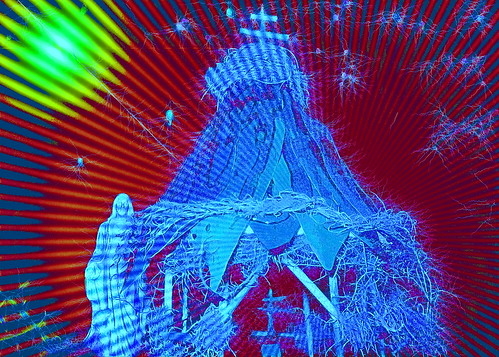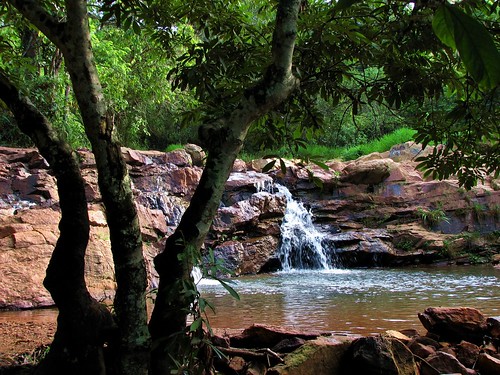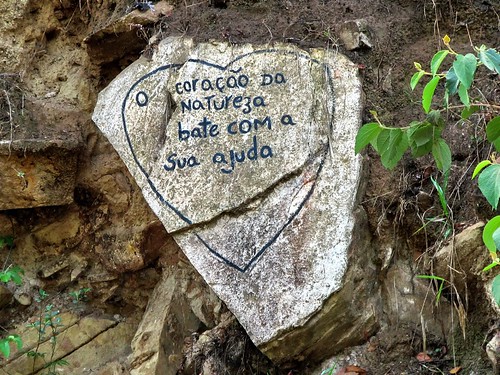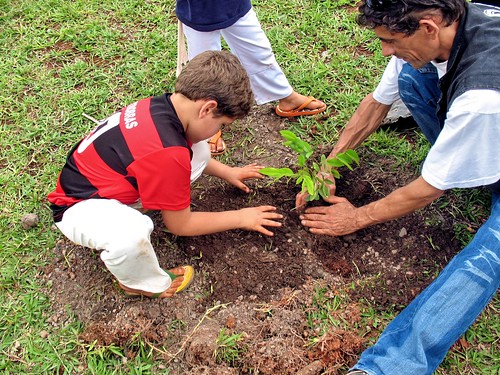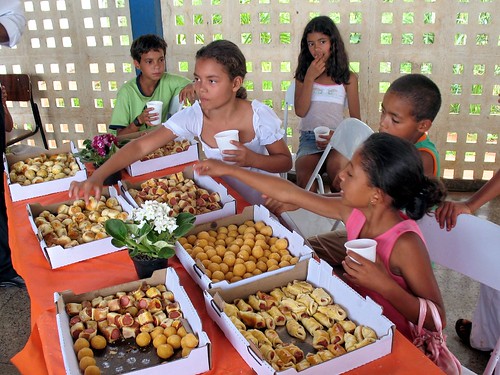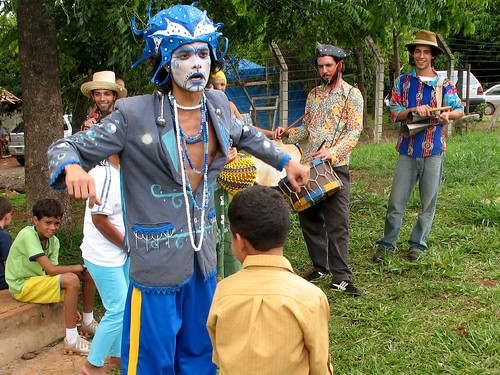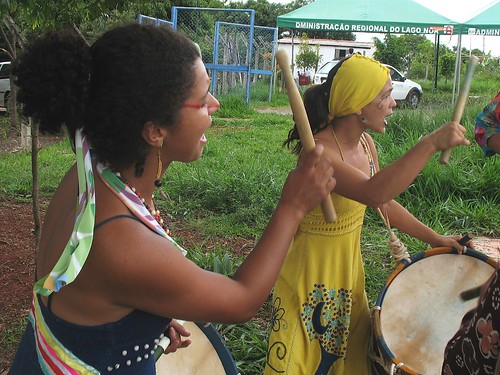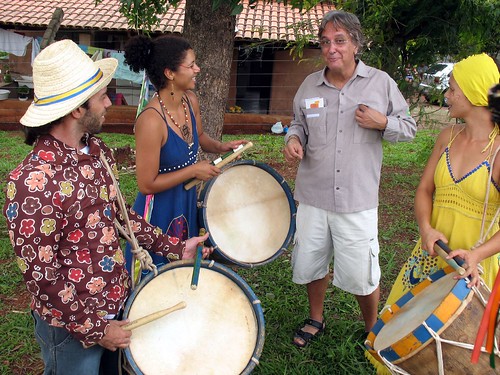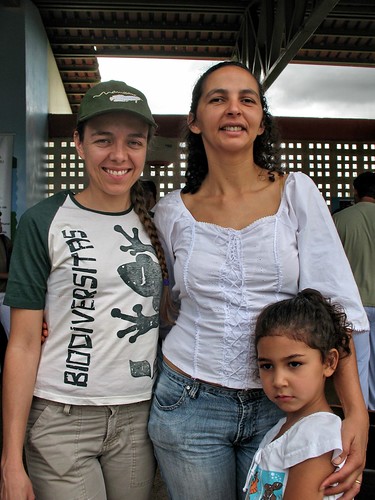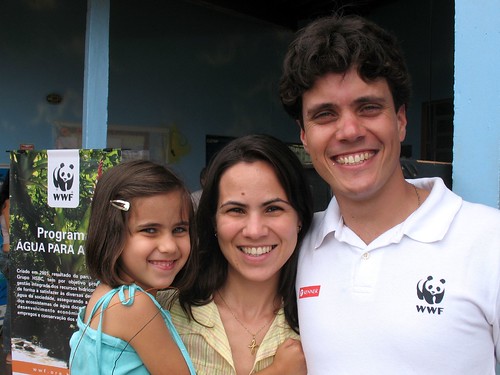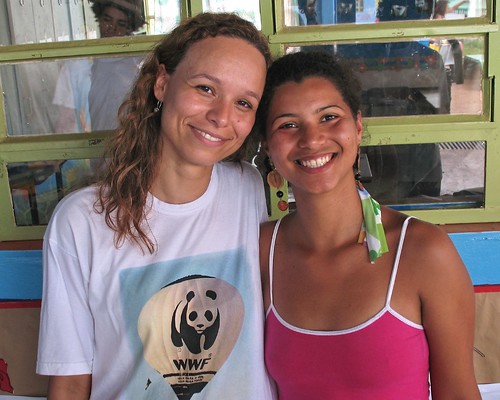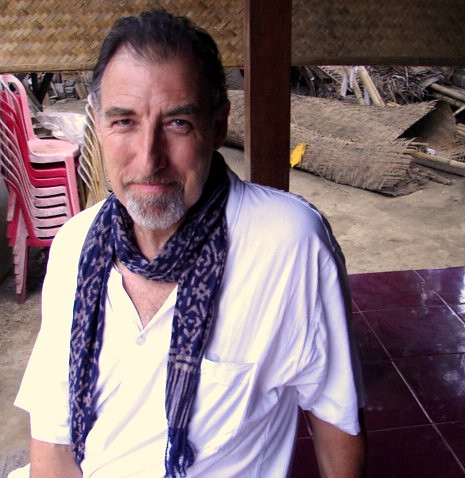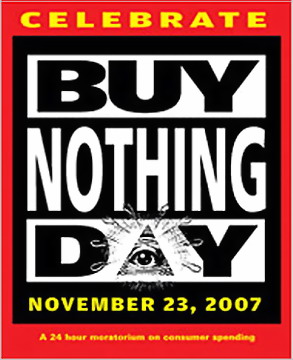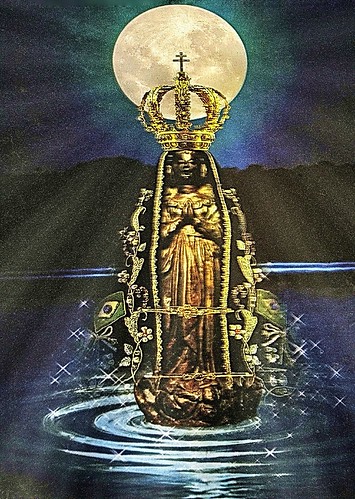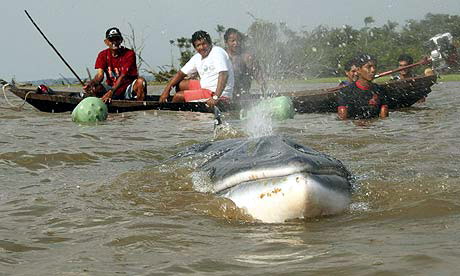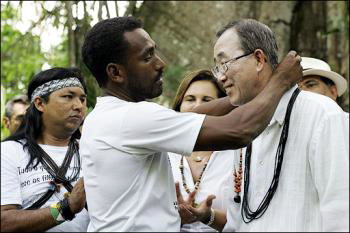NEW BEGINNING IN BALIRainforest protection plan takes shapeBy Peter Gelling
NUSA DUA, Indonesia: Governments at the United Nations meeting on climate change agreed in principle Friday to a system that would compensate developing countries for protecting their rain forests, a deal that officials described as a nascent but innovative effort to mitigate deforestation and global warming.
The cutting down of forests across the globe contributes a startling 20 percent of the world's annual greenhouse pollution through burning, gases released from deforested soil and smoldering peat, scientists say. By comparison, the U.S. share of greenhouse emissions is 24 percent of the world total.
"It's a landmark in bringing a large group of developing countries into active participation in reducing emissions," said Philip Clapp, deputy managing director of the Pew Environment Group, the conservation arm of the Pew charitable trusts in the United States. "It has the potential for first time to generate the kind of investment in forest protection that has been unavailable until now."
The precise ways that countries with large rain forests, like Indonesia and Brazil, will be compensated have not been fully worked out.
UN officials said that part of the financing would come from developed countries in the form of aid and that other funds will come from carbon credits - part of the system of incentives for reducing greenhouse gases mandated by the 1997 Kyoto Protocol.
The agreement on deforestation, formally known as the Reduced Emissions from Deforestation in Developing Countries, is part of the wider discussions here on reaching a global agreement on addressing climate change.
The World Bank, together with the Nature Conservancy, another U.S.-based environmental group, announced this week the establishment of several pilot projects to further the aims of the UN plan.
A $100 million Readiness Fund would provide developing countries with technical and financial assistance to measure carbon stored in its forests and devise strategies to reduce deforestation. It would also finance research on measuring reductions in emissions though sustaining forests.
A $200 million Carbon Fund will test the financial mechanisms in the UN plan, such as the trade of carbon credits, that could lead to less deforestation.
Click for full article.
UPDATE: Daphne Wysham writing in The Nation has presented a highly critical dissenting view that "carbon trading is not some innocuous attempt at climate stability. It is the neoliberal agenda writ large." Hoodwinked in Bali on Carbon Credits
Good to know of the pitfalls at the git-go. Obviously, there's going to be a LOT to work out. I and a lot of Brazilians I know hope that we (left, right and middle) will be able to put a forest protection plan in place that looks as good on the ground as on paper.
